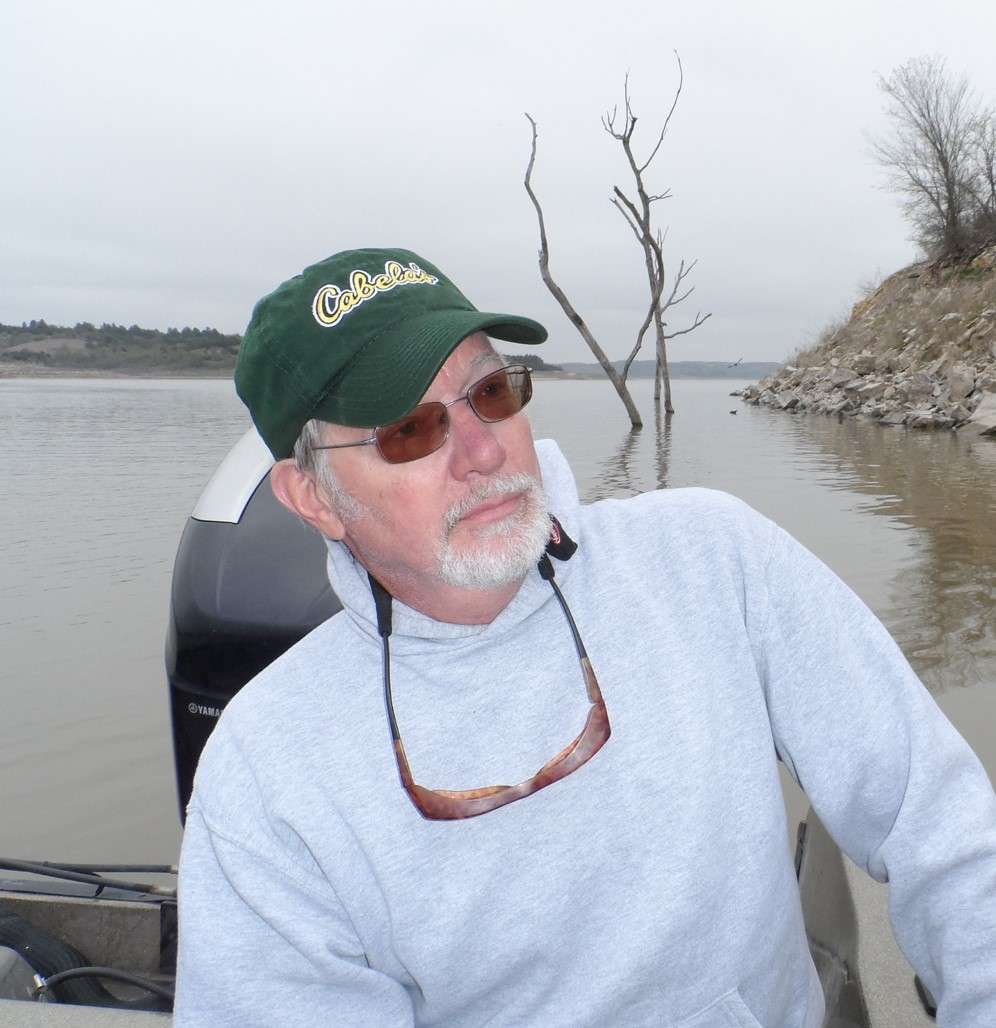Two Kansas governors, Democrats John Carlin and Laura Kelly, have encountered the local storms of a national inflation, a shared experience linked over 40 years of history.
Although gasoline prices are down recently and the Kansas economy seems stable, inflation seems a scab that won’t heal. It distracts Topeka as Kelley, beginning a second four-year term, prepares a budget for the next fiscal year. Inflation looms even as unemployment is low and business plows on.
Kelly had begun her first term with the grinding work of overcoming the lunacy of Brownback’s Ponzi economics. The state is now out of serious debt and into the black, the budget balanced for more than two years. At the same time the treasury has retired or paid down a lot of the debt rung up during the arid Brownback years.
*
By early 1980, a year into Carlin’s first term as governor, the cross-currents of American inflation and recession had swept across Kansas, increasing the pressure on state resources and drawing heavily against budget reserves. The economy was sliding downhill.
Chief among the pressures was the Federal Reserve’s prime rate, which large banks charge their most credit-worthy customers; local “prime” is generally a point or two above the Fed’s rate.
The national prime had increased from 11.75 percent, when Carlin took office in January 1979, to 18.5 percent by mid-March 1980, and by the end of that year had reached a record 21.5 percent – numbers that today seem unthinkable. (The Fed’s current prime is 7 percent.)
*
Last month the Kelly administration was on the way to another balanced state budget. Tax collections are up, spending is stable and a seven percent surplus ‒ “rainy-day” savings ‒ nudges $700 million. An upswing for income tax collections seems to indicate a steady employment sector and sound labor market, according to Revenue Secretary Mark Burkhart. Sales tax growth, up nearly seven percent, reveals a healthy state economy.
And yet, inflation. Within it lurks the cost and availability of housing, the price of prescription drugs and health insurance, tuition and fees at colleges and technical schools, access to rural medical care and urban clinics ‒ among many of today’s inflationary troubles.
*
In 1981 the price for West Texas crude was $35.74 per barrel ($118 in today’s dollars) and a gallon of gasoline was at roughly $1.31 ($4.25 today).
The minimum wage was $3.35. In Kansas, a $40,000 annual salary was living large; high-end housing in Johnson County’s golden ghetto offered four bedrooms and three baths for $120,000.
Farms were slipping. In 1981, Slow economic growth here and sluggish demand abroad had depressed farm prices by ten percent. Crop prices were down ten percent; livestock prices were down seven percent. Wheat was at $4 per bushel. Costs to farmers had increased five percent.
Carlin at the time believed that the state’s fortunes no longer could rest entirely on oil and gas, agriculture, and the aircraft industry. The legislature had become self-satisfied, captured by their own network of reinforcing old values; discussion of new ideas seemed foreign to them.
Carlin insisted on creating a willingness to change. The beginnings of this evolution were protracted and painful. They involved Carlin’s long campaign for a severance tax on oil and gas, for an increase in the state sales tax, for added income taxes on higher brackets.
In Carlin’s later years as governor the Republican-dominant Legislature moved to allow multi-banking in Kansas and it began to court international trade with a primary focus on China. Legislators also established a practice called economic development planning and endorsed a new $20 million venture capital fund.
*
In 1981, Carlin’s budget for fiscal 1982 proposed $2.8 billion in total state spending, including a $1 billion operating budget for the government’s operating expenses; this fund is financed chiefly by sales and income taxes.
Today, a nine-fold increase from the Carlin years. Total spending is roughly $19 billion, with a $9 billion operating budget. Another $7 billion includes federal grants and aid for highways, city and county projects, local schools and so on. The rest comes from agency fees, permits, licenses and other assessments. The governor and the Legislature have a strong base to build a budget for the next fiscal year, which begins July 1.
We are apt to think there is less stress in Topeka when the state is in the black, but Kansas is in an odd spot against a jittery national economy, seven percent inflation and a war in eastern Europe.
It helps to recall when things were worse. In Carlin’s final year as governor, voters approved liquor by the drink.





